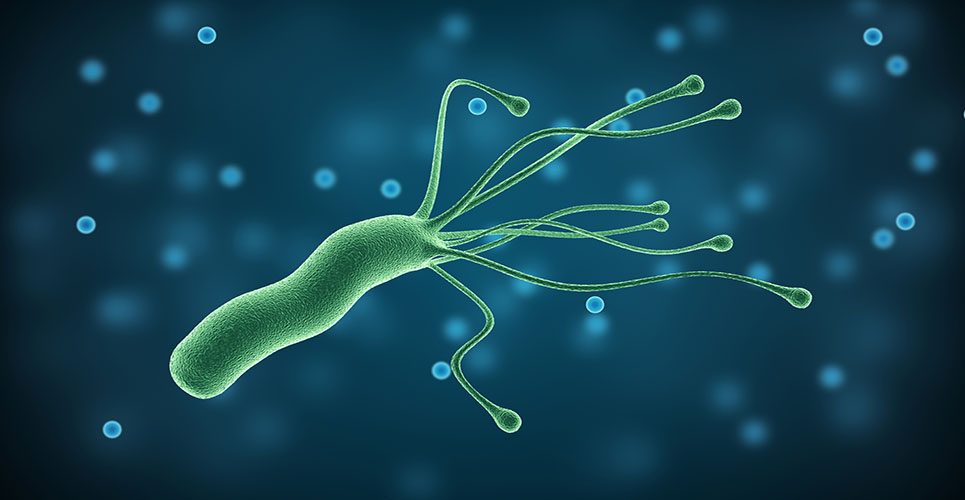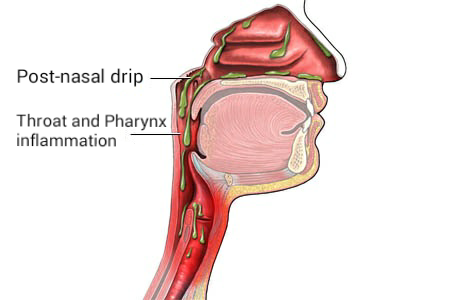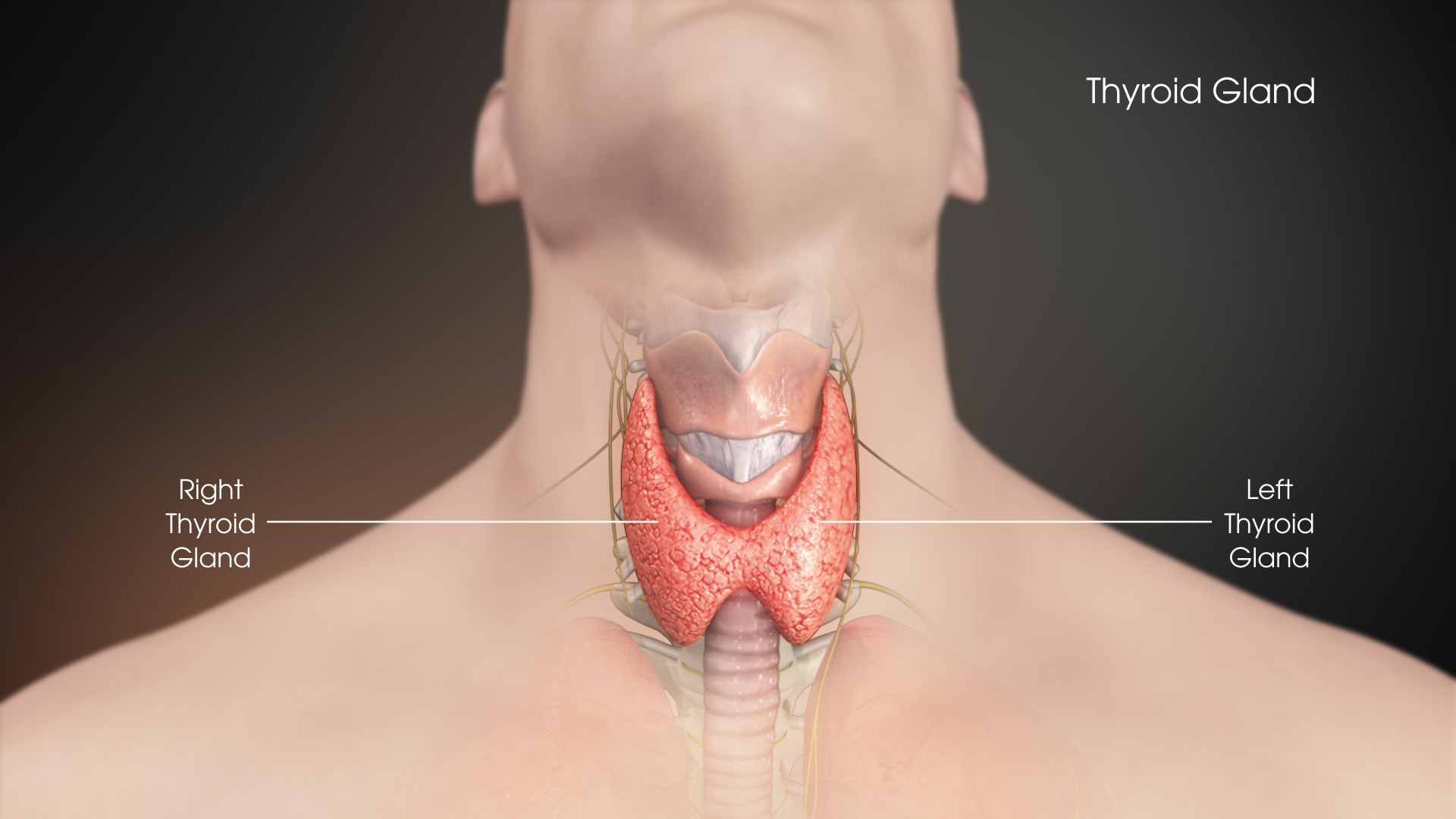Persistent Lump in Throat: 7 Reasons To Worry

Have you been suffering from a persistent lump in your throat symptom? You might not be able to feel any lump on the outside of your neck but the obvious concern is that there might be a lump growing inside your throat. As a busy ENT specialist in Singapore, we see many patients who have been disturbed by a throat lump sensation, which can sometimes be associated with pain, fever, swallowing or breathing difficulties.
The Number One concern for patients is that this lump in throat symptom might be caused by underlying throat cancer growing inside….
Here are some “red flag” danger signs to watch out for, which should send you running to see your top ENT specialist in Singapore as soon as you can:
- Persistent or worsening throat lump sensation
- Swallowing difficulty, may have drooling of saliva at later stages (NOT a good sign!)
- Breathing difficulty or chest tightness
- Unilateral (more to one side of your throat)
- Associated fever
- Difficulty opening your mouth
- Earache or blocked ear symptoms
- Neck lump appearing on the outside
So what are the top causes of a persistent lump in throat sensation then? Having diagnosed and managed so many patients with throat issues in Singapore, Canada and the United Kingdom, here is what we look out for:
A) QUINSY (from Severe Tonsil Infection)

What is a quinsy? A quinsy is the formation of pus or an abscess collecting around the severely infected tonsil. It occurs in more than 10% of tonsillitis cases and can happen to you for the very first time, even if you have never suffered a tonsil infection before! I have also seen it develop in healthy people who then go on to have their Covid-19 vaccination shots, leading to acute tonsillitis as a side effect. Quinsy formation is a well-recognised complication of severe tonsil infection, with the development of a peritonsillar abscess causing a large painful swelling on one side of your throat. Your tonsils are “golfball-sized” concentrations of lymph gland tissue and do play an important protective role in fighting infection particularly in young children. Tonsils tend to shrink in size and atrophy from the age of 5-8 years, so that most adults have very minimal tonsil tissue remaining, as other parts of their immune system mature and take over the dominant protective role in adulthood.
If you have difficulty opening your mouth/jaw, a painful enlarged swelling at the back of one side of your throat, with probably a fever and earache, then it’s a pretty good chance that you might be suffering from a quinsy. A quinsy needs to be drained as early as possible to prevent the spread of the abscess down to other parts of the throat, airway and neck. In very late severe cases, the quinsy swelling can cause airway obstruction with breathing and swallowing difficulties.
We drain quinsies under local anaesthesia to numb the back of the throat, and then start antibiotics, sometimes intravenous through a drip inserted into your arm, to treat the remaining infection. After you have recovered from your quinsy condition, the advice is to usually consider having your tonsils removed at a later stage to prevent a recurrence of the quinsy with subsequent tonsil infections in future.
B) TONGUE BASE CYST

Sometimes, a lump in throat sensation may be due to the presence of a cyst growing behind the tongue. Such cysts are usually benign and are called mucous retention cysts, which contain a yellowish mucus liquid. We don’t really know the true cause of such cysts but if they become infected, then they may start to grow bigger. This can be investigated with a CT or MRI scan, with a view to removing it or draining it surgically if it is causing discomfort.
C) GASTRO-OESOPHAGEAL REFLUX
Acid refluxing upwards from the stomach may flow into the throat or oropharynx to cause recurrent inflammation and swelling of the mucosa (lining of the throat and airway). The may lead to muscle spasms of the throat, which if allowed to continue on a regular basis, may give rise to the feeling of a “lump in throat” without there actually being a lump in throat present. In some patients suffering from acid reflux, they may have a ring of muscle at the top of their food passage that is not able to close completely, hence allowing the backflow of acid upwards into their throat and airway. Other risk factors for acid reflux include smoking, alcohol, caffeine and stress. Interestingly, some patients do not suffer the “typical” symptoms of acid reflux like heartburn, and may instead just experience a persistent lump in throat problem, what we ENT specialists prefer to call “laryngo-pharyngeal reflux” (LPR).
A course of anti-acid medications is usually prescribed for a few weeks and sometimes, a referral to a gastroenterologist (stomach doctor) may be necessary to have a stomach endoscopy done. Urea breath testing may also be indicated to screen for a nasty bacteria called Helicobacter Pylori which can grow in your stomach to cause not only acid reflux, but also chronic severe gastritis, stomach ulcers and stomach cancer.

D) POSTNASAL DRIP
Could the lump in your throat feeling be something innocuous like a persistent backdrip of secretions from your nose? Yes, it’s quite possible as a chronic persistent flow of mucus from your nose and sinuses will cause further inflammation in your throat, giving rise to throat discomfort and a feeling of a lump in throat problem.

This is actually a common leftover symptom after having suffered a bad bout of the flu or having just recovered from Covid-19 infection. Bear in mind, that just because your rapid antigen testing is now negative, does not mean that everything is fully recovered back to its normal settings before you caught the infection. It take a while sometimes, up to a few weeks, for things to go back to normal. Sometimes, viral infections may also affect sinus drainage pathways to lead to a buildup of trapped mucus and hence increasing the risk of sinus infections. This in turn will worsen any backdrip or postnasal drip inside your nose and throat.
Your friendly ENT specialist in Singapore should be able to diagnose straight away if it is the backdrip from your nose and sinuses causing the throat lump sensation, just be performing a simple, quick and painless test in the form of nasoendoscopy. If confirmed to be the cause of your throat discomfort, then nasal medications, usually a seasalt douche, nasal steroids, antihistamines and/or antibiotics should do the trick.
E) THROAT CANCER
Throat cancers are occasionally detected as a cause of a persistent lump in throat sensation, more commonly occurring in smokers and heavy drinkers. However, there is another type of throat cancer which can also present as a tonsil tumour or a tongue base tumour: Such throat cancers caused by Human Papilloma Virus (HPV) have nothing to do with smoking or alcohol and tend to be found instead in nonsmokers. Some strains of HPV are linked to the development of head and neck cancers, in addition to cervical cancer in women.
As with all sorts of cancers, early detection and treatment is important in throat cancer to ensure a good prognosis and outcome. Incidentally, HPV-related throat cancers are associated with a much better outcome if detected early, compared to non-HPV throat cancers associated with smoking.
F) HYPOTHYROIDISM

When your thyroid gland is not producing enough thyroid hormone, then you will suffer the effects of hypothyroidism i.e. an underactive thyroid. The thyroid gland is a very important gland whose thyroid hormones are responsible for the well-being of practically every part of your body, including your heart and metabolism.
Common symptoms and signs of hypothyroidism include feeling tired, weight gain, dry hair and skin, constipation, but sometimes, people may also experience a lump in throat symptom if they suffer from hypothyroidism. A simple blood test can be done to screen for this and if indicated, then a course of thyroid medication is prescribed to replenish the insufficient thyroid hormone levels to help you feel better.
G) GLOBUS PHARYNGEUS
If you have been screened carefully for the above conditions by your top ENT specialist in Singapore, and the examination is still normal, then sometimes, the symptoms of a lump in throat sensation may be due to a benign condition called Globus pharyngeus. Its old name was Globus hystericus but is now more appropriately termed Globus pharyngeus, a non-cancerous condition of the throat muscles which keep going into spasms and tightening up, giving rise to the feeling of your throat “closing up” and the sensation of “a lump in throat”. However, globus pharyngeus is a diagnosis of exclusion, meaning that we should only arrive at this conclusion after having already carefully ruled out all other pathological conditions. The key difference is that Globus pharyngeus is usually intermittent and often relieved by eating. It is NOT made worse by eating or drinking. Risk factors include underlying acid reflux irritating the throat muscles, as well as stress and anxiety which can lead to increased muscle tightness and spasmodic episodes.
Of course, if you’re still concerned about your lump in throat sensation, then the best way to set your mind at ease, is to visit your friendly ENT specialist in Singapore!
Share this blog via:
